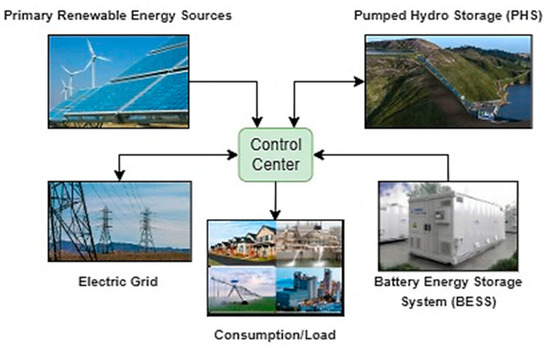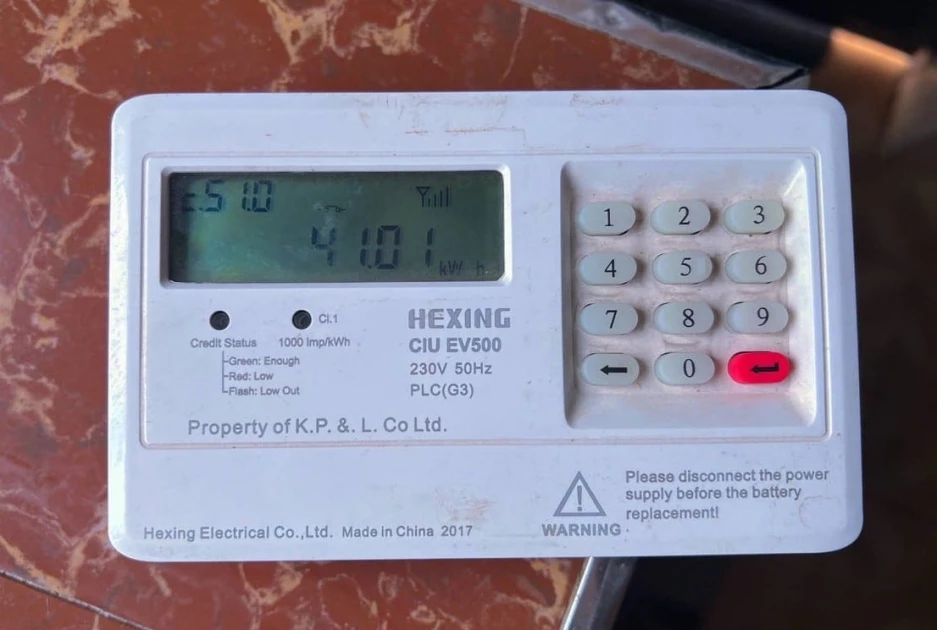Across much of Africa, Asia, and other emerging regions, power shortages keep lights off, factories idle, and hospitals in the dark. Hybrid energy systems (HES) combinations of solar, wind, batteries, and sometimes a small diesel backup are proving to be the most practical way to end this cycle.
They work by replacing expensive diesel, stabilizing renewables, and delivering firm, reliable electricity both on- and off-grid.
The Urgency of Power Shortages
Power shortages remain a daily reality for millions. Countries like South Africa continue to suffer rolling blackouts (“load-shedding”), while rural communities in Nigeria, Kenya, and Tanzania often go without power for days. Traditional grid expansion and large fossil plants are too slow and costly. What is needed is a solution that is fast, reliable, and scalable.
How Hybrid Energy Systems End Shortages
- By Combining Strengths of Different Sources
- Solar provides abundant daytime power.
- Wind often peaks at night, complementing solar.
- Batteries store excess energy and release it during evening peaks.
- Generators only run when absolutely necessary, ensuring 24/7 supply.
Also read: Why IRPs and PPAs are Critical to Lights On in Schools, Hospitals, and Industry
This layering means that when one source underperforms, another steps in, ending the unpredictability that causes shortages.
- By Reducing Dependence on Diesel
Diesel generators are Africa’s traditional backup, but they are expensive and unreliable because of fuel costs and supply chain bottlenecks. Hybrids cut diesel use by 50–90%. For example, when solar and batteries are added to a diesel-based mini-grid, generators operate only a few hours a week instead of around the clock. That directly translates into fewer outages because power is no longer tied to volatile diesel supplies. - By Stabilizing Fragile Grids
National grids struggle with variable renewables because they spike and drop suddenly. Hybrid systems solve this by using batteries and smart controls to smooth the flow of power. In South Africa, utility-scale battery projects are already helping shift excess solar power into the evening peak, directly reducing load-shedding. - By Powering Remote Communities Off-Grid
In rural Africa, many towns are far from transmission lines. Hybrid mini-grids offer a solution: they generate, store, and distribute power locally, eliminating dependence on weak or non-existent national grids. In Kenya and Tanzania, solar-diesel-battery mini-grids are now supplying small businesses, schools, and clinics with reliable electricity that diesel-only systems could never guarantee. - By Lowering Costs That Cause Blackouts
One hidden driver of outages is economics: utilities can’t always afford to run diesel-heavy plants or import fuel. Hybrids solve this by lowering the levelized cost of electricity over time. With free sunlight and wind doing most of the work, operating costs drop. That makes electricity cheaper to produce and easier for utilities to sustain, reducing planned blackouts that occur when fuel budgets run out.
How It Works in Practice
South Africa – Tackling Load-Shedding with Batteries
The government has launched large-scale tenders for hybrid projects that combine renewables and batteries. These allow daytime solar to be stored and released at night when demand peaks. As a result, fewer blackouts are scheduled, showing how hybrids can work at national scale.
Kenya – Hybridizing Diesel Mini-Grids
Kenya has converted dozens of remote diesel mini-grids by adding solar panels and lithium-ion batteries. Now, these towns enjoy round-the-clock power at lower cost. The government saves millions annually in diesel imports, and residents no longer face regular power cuts when fuel runs out.
Democratic Republic of Congo – Resilience in Conflict Zones
In Goma and other towns, companies have built solar-hydro-battery hybrid grids that continue to operate even in conflict conditions. These systems guarantee hospitals, water treatment plants, and businesses can function even when diesel supplies are disrupted.
The Economic Logic Behind the “How”
- Cheaper over time: Although hybrids require upfront investment, they eliminate fuel dependency. Within a few years, the savings on diesel and maintenance outweigh the initial costs.
- Scalable: They can start small powering a clinic or telecom tower and then expand to serve an entire community.
- Attracting finance: With proven returns and resilience, hybrids are gaining investor confidence, leading to larger portfolios of projects.
Also read: Why Kenya’s Turkana Oil Still Lies Underground 13 Years After Discovery
Challenges That Must Still Be Solved
- Financing: Hybrids need upfront capital. Many African governments and communities cannot fund them without concessional finance and private investment.
- Policy clarity: Inconsistent tariffs and slow permitting deter developers. Clear rules on hybrid integration into national grids are essential.
- Local capacity: Skilled technicians are needed to manage batteries and smart controllers. Without this, systems risk failure after deployment.














